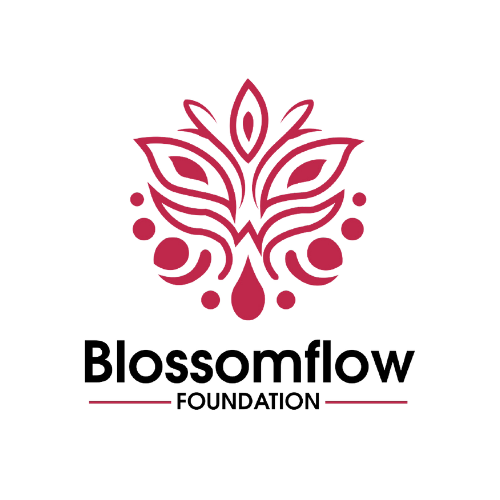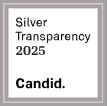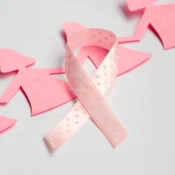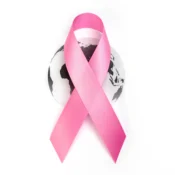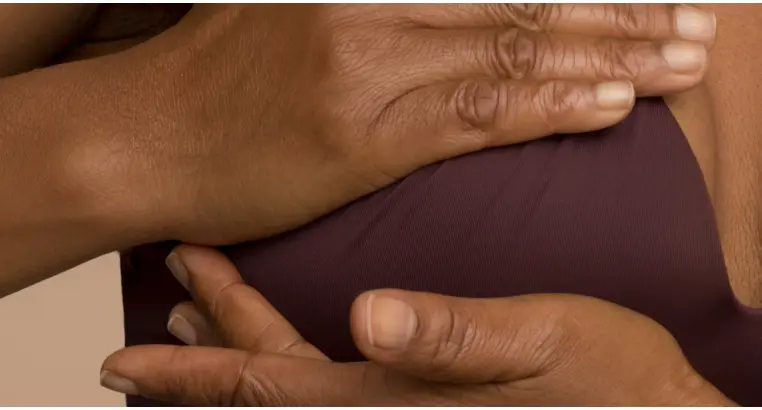
Cyclical Breast Pain: What It Is, Why It Happens & How to Feel Better
Have you ever noticed that your breasts feel sore or heavy a week or two before your period? You’re not alone. Many women experience this, and the medical term for it is Cyclical Breast Pain, also known as Cyclical Mastalgia.
Though it can be uncomfortable, this type of pain is usually not a sign of anything dangerous. Instead, it’s closely tied to your monthly menstrual cycle and the natural changes in your hormones.
In this blog, we’ll explore what cyclical breast pain really is, why it happens, how to tell it apart from other types of breast pain, and practical tips to help you feel better.
What Is Cyclical Breast Pain?
Cyclical breast pain, or cyclical mastalgia, is breast tenderness or discomfort that follows a predictable pattern every month, linked to your menstrual cycle.
- It usually appears 1–2 weeks before your period (during the luteal phase).
- It often feels like a dull ache, heaviness, or soreness in both breasts.
- The pain tends to peak just before your period starts and then eases off once bleeding begins.
This is different from non-cyclical breast pain, which does not follow a menstrual pattern and can have other causes like injuries, infections, or muscle strain.
What’s Going On Inside: Why It Happens
Cyclical breast pain is mainly driven by hormonal changes.
- In the second half of your menstrual cycle, levels of estrogen and progesterone
- These hormones cause the milk ducts and glands in your breasts to swell, while fluid builds up in breast tissue.
- The result? A feeling of heaviness, tenderness, or soreness.
Factors that can make the pain worse include:
- Caffeine (coffee, tea, soda, energy drinks)
- High-fat diets
- Stress (which can affect hormone balance)
- Wearing tight or unsupportive bras
Common Symptoms You Might Notice
Here’s what many women report when dealing with cyclical breast pain:
- Tenderness or soreness in both breasts, especially the upper and outer areas.
- Heaviness or fullness in the breasts before periods.
- Breast tissue feels bumpy or lumpy due to hormonal swelling.
- Pain comes and goes in a monthly pattern, easing after your period starts.
Other Possible Causes of Breast Pain
Not all breast pain is cyclical. Sometimes discomfort comes from different sources, such as:
- Breast injury or trauma (like a bump or fall).
- Breast cysts — fluid-filled sacs in the breast.
- Breast infections (mastitis), often linked to breastfeeding.
- Large breast size, which can strain back, shoulder, and chest muscles.
- Muscle pain in the chest wall that feels like breast pain.
- Certain medications, such as hormone therapy or antidepressants.
- Poorly fitting bras that don’t give proper support.
If breast pain feels constant, affects only one breast, or is very severe, it may be non-cyclical and worth checking with a healthcare provider.
Relief Tips & Lifestyle Adjustments
Even though cyclical breast pain is common, you don’t have to suffer silently. Simple changes can help ease discomfort:
1. Wear the Right Bra
Choose a well-fitting, supportive bra, especially during workouts or when breasts feel most tender. Sports bras can reduce strain and movement.
2. Try Warm or Cold Therapy
Applying a warm compress, heating pad, or warm bath can soothe sore breasts. Cold packs may also help reduce swelling.
3. Adjust Your Diet
- Cut back on caffeine (coffee, tea, cola, energy drinks).
- Limit salty and fatty foods, which may worsen fluid retention.
- Add more fiber, vegetables, and whole grains to balance hormones naturally.
4. Gentle Exercise & Stress Management
Regular physical activity improves circulation and reduces hormone fluctuations. Stress-relieving practices like yoga, deep breathing, or journaling can also help balance hormones.
5. Natural & Nutritional Support
- Some women find relief with flaxseed or chasteberry supplements.
- Magnesium and Vitamin E may ease tenderness in some cases.
(Always check with a trusted healthcare provider before starting supplements.)
Real Stories: How Women Experience It
Chidinma, 27 (Nigeria):
“I used to think my breast pain meant something was wrong with me. But once I tracked it on a calendar, I saw it always happened right before my period. Now I wear softer bras, drink less coffee, and it’s much better.”
Naledi, 22 (South Africa):
“My breasts felt so sore before my periods that I avoided sports. A friend told me to try warm compresses and reduce soda. I was surprised at how much it helped. It’s good to know it’s normal and manageable.”
When to See a Doctor
Although cyclical breast pain is usually harmless, seek medical advice if you notice:
- Pain that is severe or doesn’t go away after your period.
- Pain in only one breast or one specific spot.
- New lumps, swelling, or nipple discharge.
- Any changes in breast shape, size, or skin appearance.
Conclusion
Cyclical breast pain, or cyclical mastalgia is a common, often harmless condition linked to monthly hormonal changes. While it can feel uncomfortable, understanding why it happens makes it less scary.
With small lifestyle adjustments like eating healthier, wearing supportive bras, and managing stress, many women find relief. The key is learning your body’s rhythm, tracking your cycle, and knowing when to seek medical advice if something feels unusual.
Remember: breast pain does not always mean something is wrong. Sometimes, it’s simply your body reminding you of the natural cycle it goes through every month. And with the right care, you can move from discomfort to comfort.
All Categories
Recent Posts
Before it’s Too Late: 5 Essential Things Women Need to Know about Breast Cancer
Dr. Joan Faluyi Receives Honorary Doctorate for Global Impact in Women’s Empowerment
October Awareness: Blossomflow’s Call to Women Everywhere
Tags
Give them a helping hand
Every donation fuels our mission to combat period poverty. Your generosity brings us closer to menstrual equity.
+234-909-482-1642
inquiries@blossomflow.org
